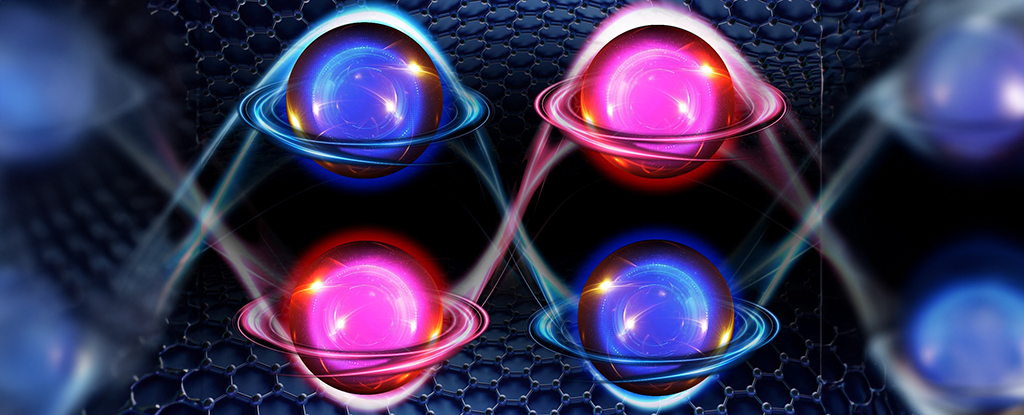Discovery of Uncommon Electronic State Arises When Graphene Forms Stacks
The remarkable material known as graphene continues to astound and captivate scientists with its latest discovery of a rare electronic state called ‘ferro-valleytricity’. This peculiar state occurs when graphene is arranged in a specific combination of five layers, as revealed by researchers from the Massachusetts Institute of Technology (MIT), Harvard University, and the National Institute for Materials Science in Japan.
When in this unique state, the stack of graphene exhibits extraordinary magnetic and electronic properties, as reported by the team. This finding holds great potential for the advancement of classical and quantum computers, particularly in the realm of developing energy-efficient data storage solutions with high capacities.
Physicist Long Ju from MIT describes graphene as a captivating material, stating that each additional layer adds a whole new dimension to its properties. The discovery of ferro-valleytricity and unconventional magnetism in five layers of graphene is groundbreaking, as these properties are not observed in one, two, three, or four layers.

Ferroic materials demonstrate coordinated behavior in their electric, magnetic, or structural properties. For instance, a magnet possesses electrons that all spin and align in the same direction without the influence of an external magnetic field. In contrast, other materials may exhibit electrons aligning in small whirlpools. To be considered multiferroic, a material must exhibit multiple types of coordinated behavior.
According to their calculations, the researchers hypothesized that if five layers of graphene were arranged in a rhombohedral pattern, similar to stacked chicken wire fences, it could exhibit multiferroic properties. This arrangement created an environment where electrons were slowed down, leading to ferroic alignment. Upon analyzing naturally formed graphene flakes with five layers in this pattern, the researchers indeed observed multiferroic behavior.
The first observed phenomenon was unconventional magnetism, where electrons coordinated their orbital motion instead of their spin or rotation, as seen in standard magnets. Additionally, the electrons displayed a preference for settling in a specific electronic ‘valley’ or low-energy state, unlike standard graphene where no preference is observed.
The team successfully demonstrated that both of these ferroic properties could be controlled by an electric field. Although the details remain highly technical, this discovery has the potential to be utilized in the development of computer chips capable of storing double the amount of data. This is due to the ability to manipulate the electrons in the material in two different ways, as opposed to just one.
Physicist Zhengguang Lu from MIT states, “We were aware that something interesting would occur in this structure, but we were uncertain of the exact nature until we conducted our tests.”
“It’s the first time we’ve seen ferro-valleytronics, and also the first time we’ve seen a coexistence of ferro-valleytronics with an unconventional ferro-magnet.”




0 Comments